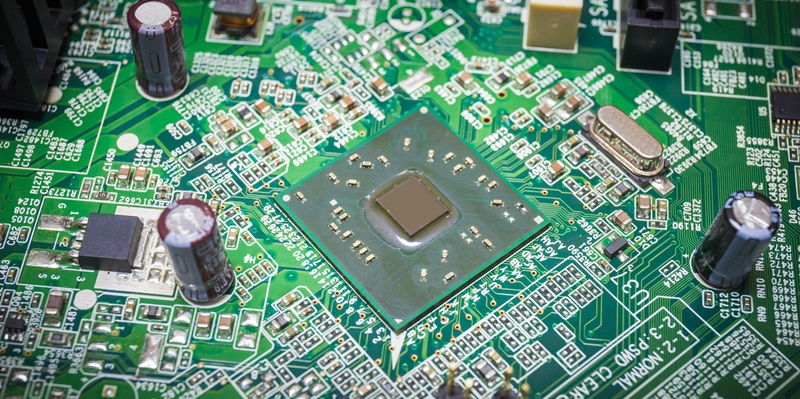EK, a renowned leader in the world of liquid cooling solutions, has recently unveiled a revolutionary addition to its All-in-One (AIO) lineup – the EK-Nucleus AIO CR360 Direct Die D-RGB. This cutting-edge product focuses on direct-die CPU cooling, offering users unprecedented thermal performance and efficiency. With its custom-designed cold plate exclusively engineered for delidded Intel LGA 1700 socket CPUs, the EK-Nucleus AIO CR360 is set to bring the benefits of direct-die cooling to the mainstream market.
Exclusive Features of the EK-Nucleus AIO CR360
At the core of the EK-Nucleus AIO CR360 is its custom-designed cold plate, meticulously crafted to ensure optimal heat dissipation for delidded Intel LGA 1700 socket CPUs. This innovative AIO brings the advantages of direct-die cooling to a wider audience, allowing users to experience superior thermal performance. With the launch of this groundbreaking product, EK is not only pushing the boundaries of CPU cooling but also making it more accessible and budget-friendly.
Collaboration with Der8auer
To develop the EK-Nucleus AIO CR360, EK collaborated closely with Der8auer, the famous German overclocker and pioneer in extreme CPU cooling. Working together, they co-developed key elements of the AIO, such as the backplate and die-guard. Der8auer’s expertise and insights have played a crucial role in ensuring the effectiveness and reliability of the EK-Nucleus AIO CR360.
Functioning and Benefits of Direct Die Cooling
Central to the functioning of the EK-Nucleus AIO CR360 is the delidding process. Delidding involves removing the integrated heat spreader (IHS) of the CPU, thus eliminating an entire layer of thermal transfer from the CPU die to the IHS. By bypassing this layer, direct-die cooling enables more efficient heat dissipation, resulting in significantly lower overall temperatures. This not only enhances system stability but also allows for a higher overclocking potential.
Nickel-plated Cold Plate
The cold plate of the EK-Nucleus AIO CR360 is nickel-plated, ensuring compatibility and durability when using liquid metal applications. This essential feature ensures that users can confidently incorporate liquid metal thermal compounds into their cooling setup, further improving thermal transfer and overall cooling performance.
Aesthetic Options
The EK-Nucleus AIO CR360 offers users the freedom to customize their cooling solution to match their desired aesthetics. The product comes with two unique pump block covers, allowing users to choose between different designs. Additionally, the circular design of the pump unit enables the rotation of the EK badge. This feature ensures that regardless of the installation angle, the aesthetics remain clean and aligned, adding a touch of visual appeal to the system.
Availability and Pre-Order Information
Enthusiasts and PC builders can now pre-order the EK-Nucleus AIO CR360 through the EK Webshop. The product is expected to start shipping in mid-March 2024. Early adopters will have the advantage of experiencing the incredible benefits of direct-die cooling firsthand.
The introduction of the EK-Nucleus AIO CR360 Direct Die D-RGB marks a significant milestone in the world of CPU cooling. EK’s collaboration with Der8auer, the inclusion of a custom-designed cold plate, and the focus on direct-die cooling have resulted in a groundbreaking product that revolutionizes thermal performance. By bringing direct-die cooling to the mainstream market, EK is setting new standards for CPU cooling efficiency and affordability. With the EK-Nucleus AIO CR360, users can unlock the full potential of their CPUs while enjoying enhanced aesthetics and superior cooling performance. This product truly represents the next generation of liquid cooling solutions, and its impact on the market and user experience is poised to be transformative.

